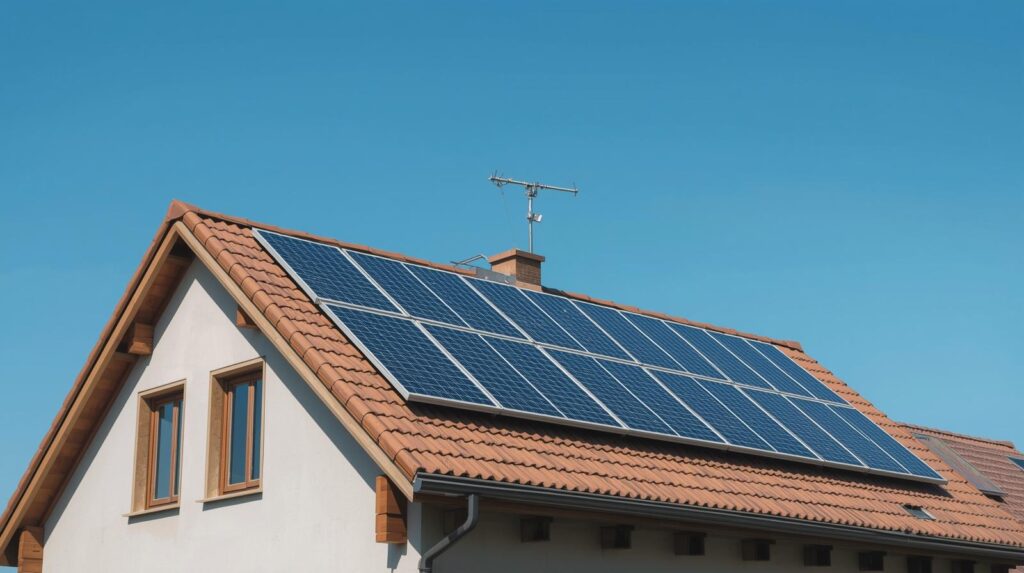Solar energy is not just a trend; it’s a transformative shift towards sustainable living and a critical component of modern energy solutions. For businesses and homeowners alike, solar power offers both environmental benefits and a promising return on investment. This guide will walk you through the process of solar power installation, providing the insights needed to make informed decisions. Whether you’re a Chief Technology Officer, Business Strategist, or Innovation Manager, understanding the step-by-step process of installing solar panels is crucial for leveraging this technology effectively.
Before diving into the installation process, it’s essential to understand why solar power is a worthwhile consideration. Solar energy reduces dependency on fossil fuels, lowers electricity bills, and offers potential tax incentives. Moreover, integrating solar power aligns with corporate sustainability goals, enhancing your brand’s image and contributing to environmental conservation.
Economic and Environmental Benefits
- Cost Savings: Solar panels can significantly cut electricity costs. While the initial investment may be substantial, the long-term savings and potential increase in property value are compelling incentives.
- Sustainability: Solar power is a renewable energy source, reducing carbon footprints and contributing to global sustainability efforts.
Technological Advancements
Emerging technologies in solar energy systems, such as improved photovoltaic cells and energy storage solutions, are making installations more efficient and cost-effective. Keeping abreast of these advancements allows businesses to optimize their solar investments.
Step 1: Assessing Energy Needs and Site Evaluation
The first step in the solar panel installation process is to evaluate your energy needs and assess the suitability of your site.
Energy Audit
Conduct an energy audit to understand your current and future energy consumption. This will help determine the size of the solar power system required to meet your needs. Consider factors such as peak energy usage, potential expansion, and energy efficiency improvements.
Site Assessment
Evaluate the physical space available for solar panels. Key considerations include:
- Roof Condition: Ensure the roof can support the weight of solar panels and has a lifespan that matches or exceeds that of the solar installation.
- Orientation and Tilt: The angle and direction of the roof affect solar efficiency. South-facing roofs with a tilt angle equal to the latitude of the location generally offer the best performance.
- Shading: Identify potential obstructions like trees or nearby buildings that could cast shadows on your panels, reducing their efficiency.

Step 2: Designing Your Solar Power System
Once you’ve assessed your energy needs and site, the next step is to design a system tailored to your specific requirements.
Selecting Solar Panels and Inverters
Choose high-quality solar panels and inverters that offer a balance between performance and cost. Consider panel efficiency, warranty, and the reputation of the manufacturer.
System Configuration
Decide on the configuration of your solar power system. Options include:
- Grid-Tied Systems: Connected to the local utility grid, allowing for net metering where excess energy is fed back to the grid.
- Off-Grid Systems: Independent systems that require battery storage to provide power when sunlight is unavailable.
- Hybrid Systems: Combine grid connection with battery storage, offering flexibility and resilience.
Step 3: Installation Process
With the design complete, it’s time to move forward with the actual installation.
Hiring Qualified Installers
Engage licensed and experienced solar installers who comply with local regulations and industry standards. A professional installation ensures safety and maximizes system efficiency.
Installation Steps
- Mount Installation: Secure the mounts, which will support the solar panels, to the roof or ground.
- Panel Installation: Attach the solar panels to the mounts, ensuring they are fixed securely and aligned for optimal sunlight exposure.
- Electrical Wiring: Connect the panels to the inverter and the inverter to the power grid or battery storage.
- Inverter Connection: The inverter converts the direct current (DC) generated by the panels into alternating current (AC) for use in your home or business.
- System Testing: Conduct a thorough test of the system to ensure it operates correctly and efficiently.
Step 4: Regulatory Compliance and Activation
Post-installation, several steps are necessary to ensure regulatory compliance and activate your system.
Inspections and Permits
Secure the necessary permits before installation and ensure the system complies with local building codes. After installation, schedule inspections to verify that the system meets safety and performance standards.
Grid Connection and Activation
For grid-tied systems, coordinate with your utility provider to connect the system to the grid. This may include installing a net meter to track energy production and consumption.
Step 5: Monitoring and Maintenance
Solar power systems require regular monitoring and maintenance to ensure optimal performance.
Performance Monitoring
Use monitoring software to track energy production and detect any issues promptly. This data can inform future energy management decisions and system upgrades.
Routine Maintenance
Regularly clean the panels to remove dust and debris, and schedule periodic inspections to check for any physical or technical issues.
Conclusion
Solar power installation is a strategic investment that offers substantial benefits for both residential and commercial properties. By following this step-by-step guide, you can navigate the complexities of solar energy integration with confidence. As technology continues to evolve, staying informed about the latest advancements will enable you to leverage solar power effectively, driving innovation and sustainability in your organization. Embrace solar energy not just as a power source, but as a cornerstone of your commitment to a more sustainable and efficient future.




